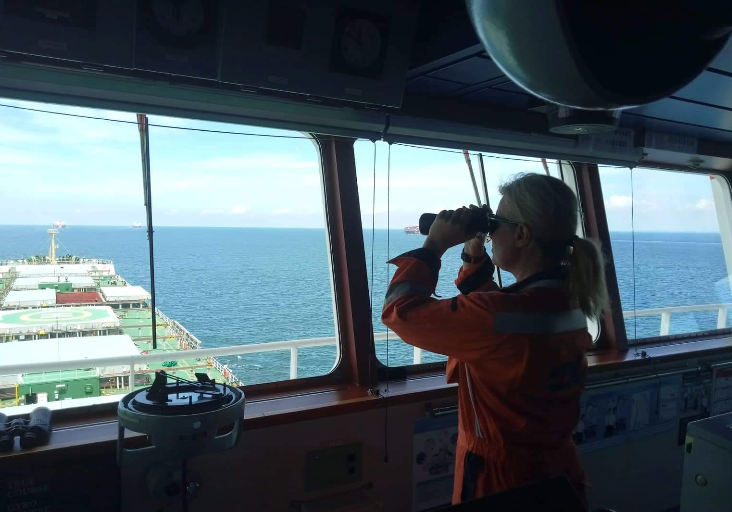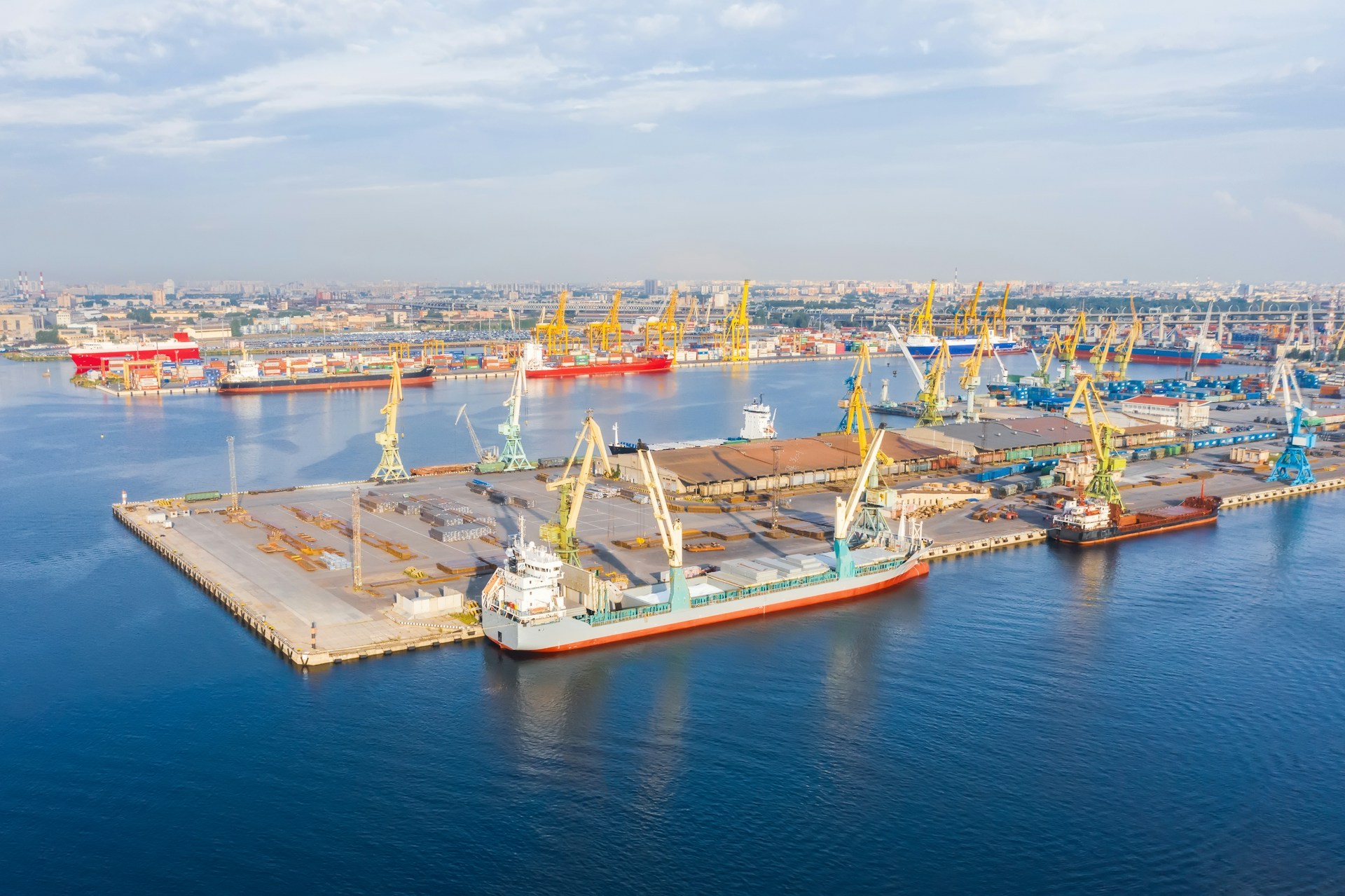Image Courtesy of the IMO's #WomenInMaritime Campaign
When you think of the maritime industry, one of the first images your mind conjures is that of sailors.
Men in uniform, commandeering a massive ship, hauling anchors, and tinkering with huge engine parts and machinery.
Did you catch the first word?
In this modern day, where women are empowered to take up space and follow their dreams, the maritime industry remains a male-dominated global industry.
However, women are gradually taking up active roles in the marine sector.
Read more: Women in Maritime: The Stats You Need to Know
But a lot has to be done—building a barrier-free workplace may sound a tad vague, but it is the action step international maritime institutions and organizations are taking.
Why, though? Why is it beneficial to have women onboard? And how can shipowners and manning agents do their part in creating a barrier-free environment?

History of the maritime gender gap
In the days of sailing, it was difficult for women to work in the marine sector because it was exclusively for men.
To work on a sailing ship, women would try to pass for males, but their careers would abruptly cease if their scheme were found.
Women could manage a ship at the time, but it wasn't usual. Typically, they would have to be a captain's wife or daughter.
Many men departed the country during World Wars I and II in the 20th century, leaving employment gaps at home.
Because nations couldn't afford to have the occupations they left open, women started to show that they were just as qualified as men for roles that men had historically held.
There was no exception in the shipbuilding sector.
Nearly 65% of West Coast shipbuilders in the USA were female in 1943, during the height of the shipbuilding boom. Moreover, this employment paid roughly 40% more handsomely than those jobs in the service industry.
As the war dragged on, production organizations started to test women for various vocations, many of whom held the welder role.
Even while the increase in women doing outstanding work was a big step forward for women's rights, many women found it difficult to hold their jobs once the men came home from the war, even though they routinely outperform some male colleagues.
Thankfully, things have changed a lot. It's no longer nearly impossible for females to work in the field.
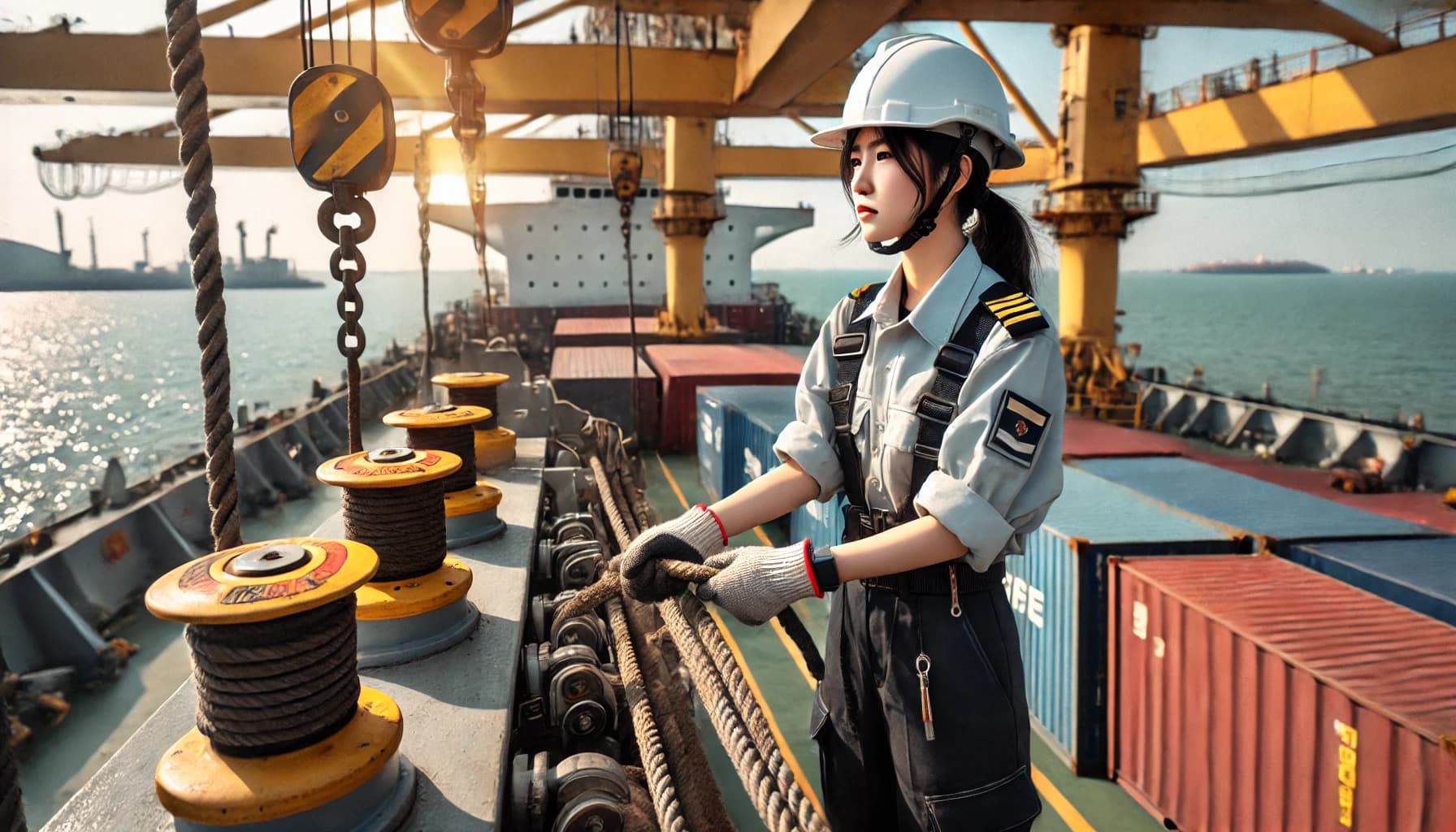
Still, only 2% of all maritime workers worldwide are believed to be women. Women seafarers typically work on cruise and ferry ships, frequently for Flags of Convenience (FOC) companies.
In the shoreside workforce of the maritime industry, women and minorities are significantly underrepresented at the senior level, according to a 2021 survey by the London-based Diversity Study Group (DSG).
The survey shows that women and people of color are gravely underrepresented at the highest levels of the sector.
Celebrating women seafarers
Did you know there's a global event celebrating women seafarers?
It's true, and it's recent. The International Maritime Organization (IMO) inaugurated the event dubbed the International Day for Women in Maritime just this May 18, 2022.The goal of the day of observance, which honors women in the industry, is to strengthen the IMO's commitment to the United Nations Sustainable Development Goal 5 (to achieve gender equality and empower all women and girls) and to support efforts to address the current gender imbalance in the sector.
It also aims to raise awareness of women in the maritime sector and to encourage their recruitment, retention, and sustained employment in the industry.
In a speech, IMO Secretary-General Kitack Lim acknowledged the limited number of women working in the maritime industry.
"It is recognized that diversity in maritime benefits the entire sector. Women in maritime are working everywhere to support the transition to a decarbonized, digitalized, and more sustainable future."
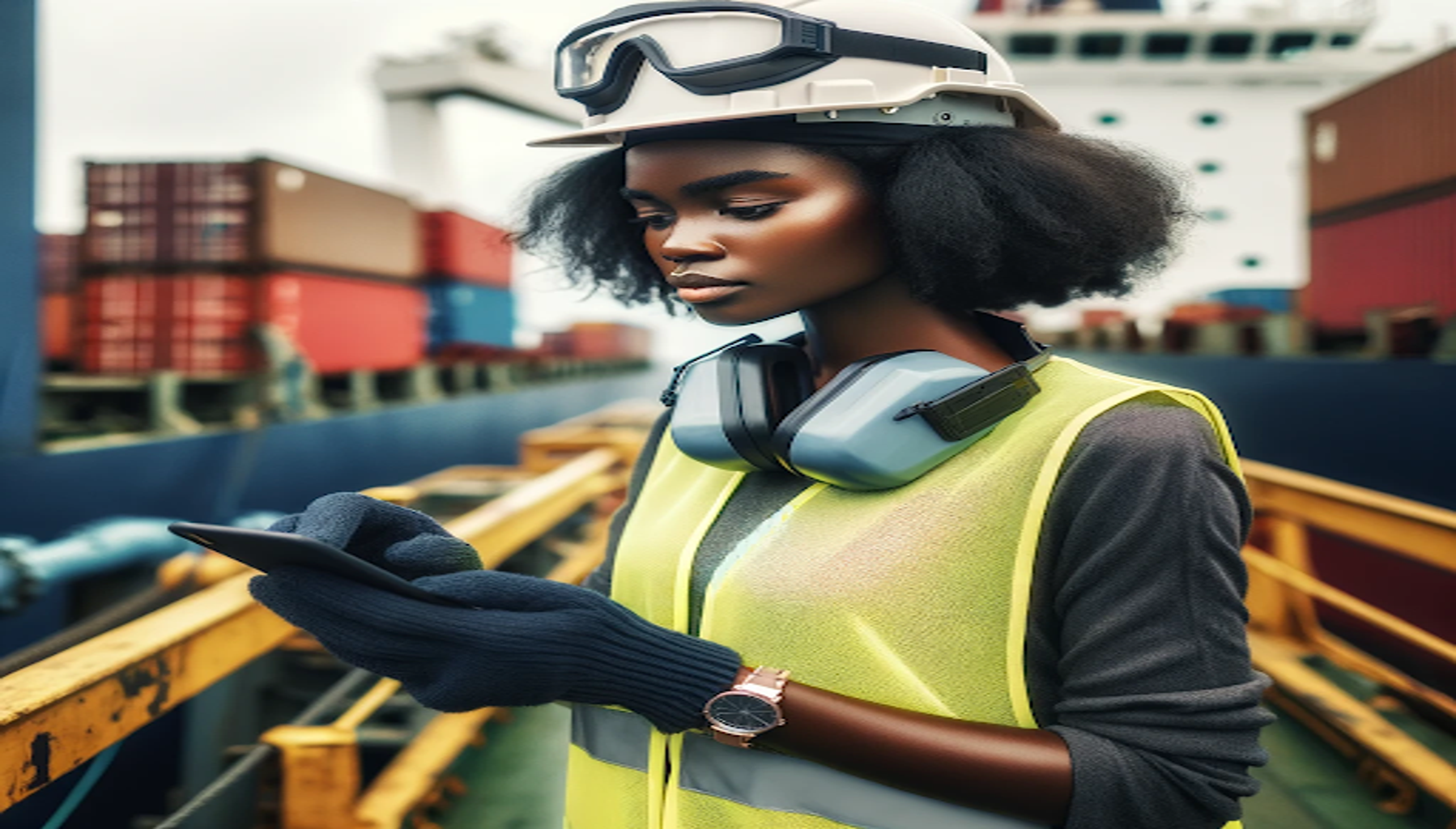
"Let's take this opportunity to celebrate the many women contributing to the future of maritime: maintaining an engine on a ship, running a company, drawing up a contract, surveying a vessel, or chairing an IMO committee meeting," Secretary-General Lim added. "While there is much to celebrate, there is also the need for more progress to be made."
Apart from highlighting the relevance of gender equality, the Secretary-General issued a directive.
"At IMO, through training, visibility, recognition, we aim to support a barrier-free working environment for Women in Maritime. Let's work to break down barriers and ensure that we create a work environment that is enabling, supportive, and inclusive of diverse participation by all, without hindrance in the maritime community," he said.
Building a barrier-free maritime industry
Perhaps the most significant barrier preventing more women from entering the marine industry is a lack of awareness of the field's potential as a vocation.
If women don't know anyone who works at sea or have family members who do, it could easily be an alternative that is overlooked.
Because the marine business does not come about through the conventional four-year college route, many people also do not even consider it.
Also, even though the notion that the marine sector is exclusively for males is a thing of the past, it is likely preventing women from entering the workforce.
Women don't view it as a realistic career path or too out of the norm because they are unaware that the sector is becoming increasingly accepting of females.
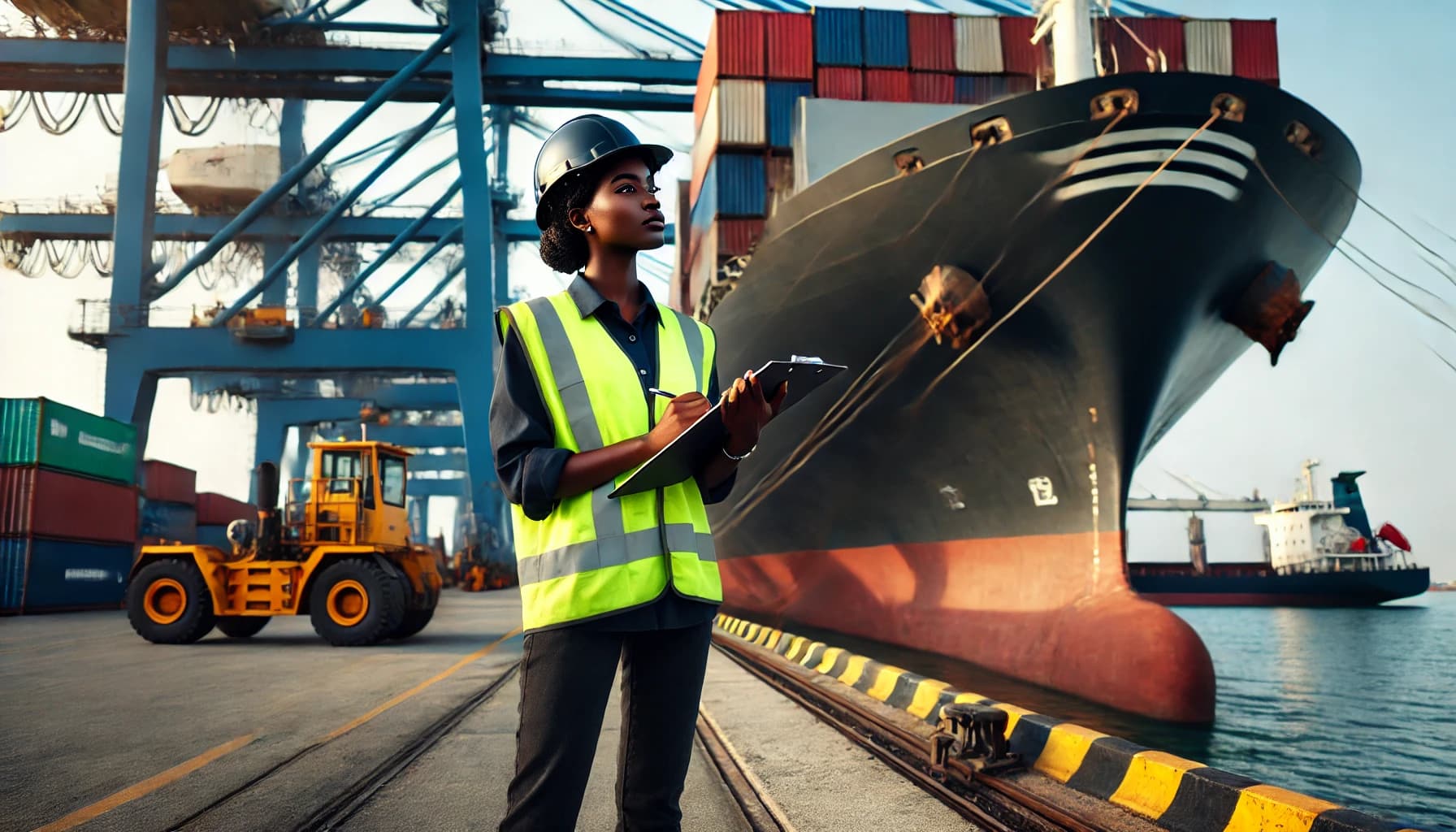
Now the question is, what can shipowners and manning agents do to eliminate these barriers? How can we encourage and empower women to experience life at sea?
Most businesses, whether they employ disabled people or not, don't make enough effort to remove unforeseen obstacles to employee performance.
When these unintended performance bottlenecks are combined, they generate a weight on the bottom line that no business can afford.
These roadblocks include complicated procedures, poor ergonomics, misaligned rewards and incentives, and numerous more unwanted performance roadblocks.
Being an architect who integrates and aligns work systems to promote high performance is one of a leader's primary responsibilities. In other words, your main achievement is to create a strong team of high-performing direct subordinates who work in a barrier-free atmosphere.
How Martide can help
Martide is a world-class maritime recruitment and crew management software with one ultimate goal—streamlining the recruitment and management of your crew.
Your shipping company can find competent sailors actively looking for work through Martide's global talent pool.

And since Martide firmly believes in equality, all people are welcome to apply for seafarer jobs. So any seafarer—no matter the gender, location, experience, or age—looking for a new job or crewing opportunity is encouraged to take a look.
Even better, Martide can help create specialized pipelines to assist you in keeping track of your applicants throughout the hiring process.
You can also manage the minimum safe manning, pay, and spending plans, keep in touch with mariners and line them up frequently through the platform.
Lastly, Martide lets you connect and conduct business with manning agents, work equipment suppliers, travel agents, and more, all in one location.
This streamlined approach for sure reduces barriers allowing employees of gender and race to thrive in the workplace.
Want to learn more about our solutions? Visit our website today.

